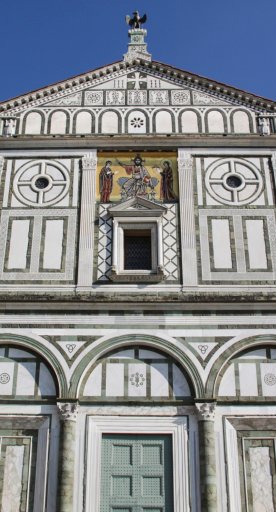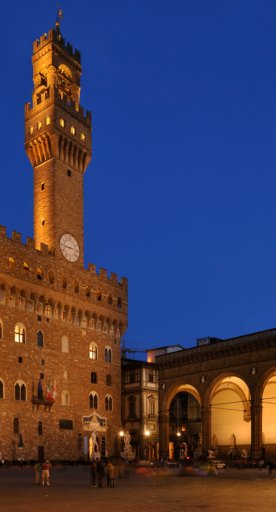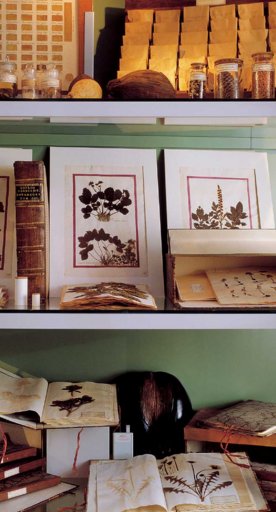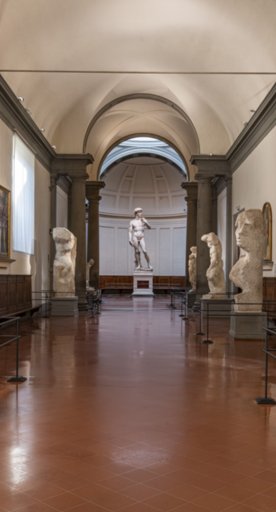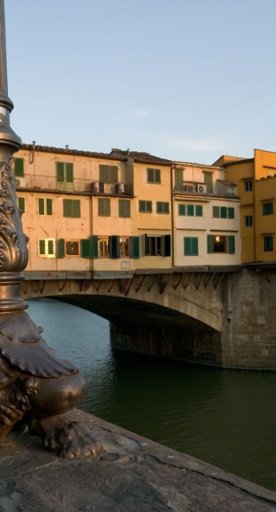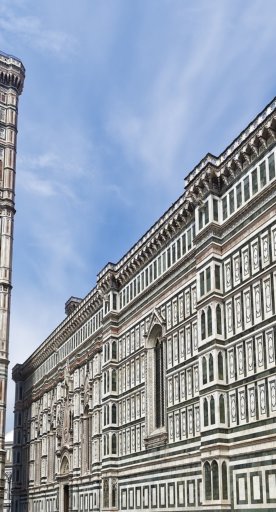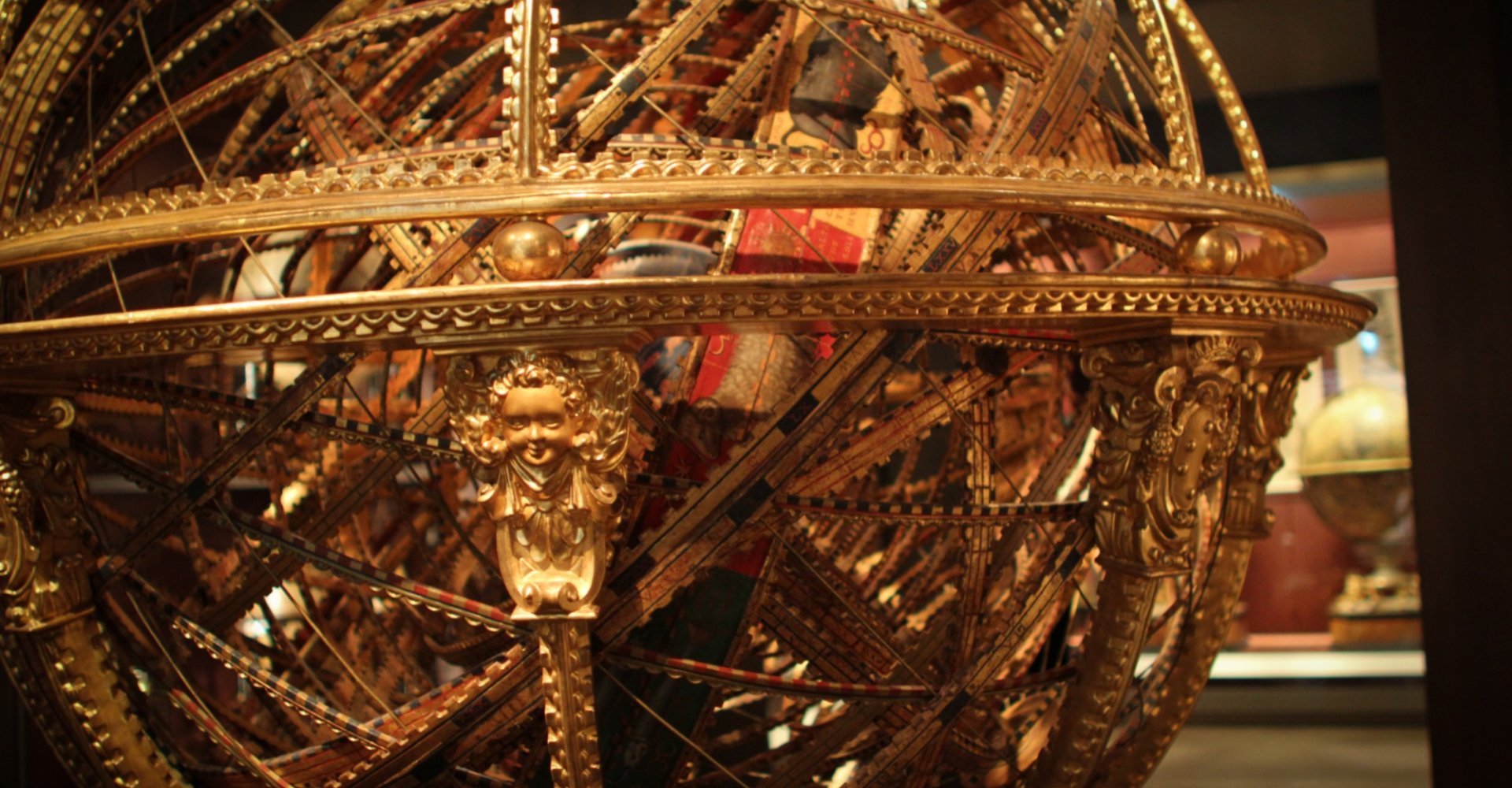
Galileo Museum
Heir to the Medici-Lorraine collections, the exhibition is dedicated to the father of modern science
The Galileo Museum (until 2010, known as the Institute and Museum of the History of Science), housed in the historic Palazzo Castellani in Piazza dei Giudici, shows how under the rule of the Medici and Lorraine families, Tuscany was not only the “cradle” of the arts but also a hub of excellence in scientific knowledge.
The museum houses one of the world’s most important collections of scientific instruments and experimental apparatus, with one figure in particular serving as the centerpiece of the entire collection: Galileo Galilei, the father of modern science.
On display are instruments from the Medici and Lorraine collections (16ᵗʰ–19ᵗʰ centuries), including some originals that once belonged to Galileo himself. The origin of the collection dates back to Cosimo I, who housed it in one of the rooms of the Palazzo Vecchio. This early nucleus, enriched over time, was moved first to the Uffizi Gallery and later to the Palazzo Pitti.
In 1776, Leopold II, Grand Duke of Tuscany, founded the Reale Museo di Fisica e Storia Naturale (Royal Museum of Physics and Natural History), at the time housed in what is now the Museum of Zoology and Natural History (better known as “La Specola”), having moved the entire Medici collection with the addition of mathematical, physical, meteorological and electrical instruments. In 1841, the Galileo Tribune was constructed within the Museum, in which the scientist’s instruments and memorabilia were displayed. After various vicissitudes, the Medici-Lorraine collections were eventually brought together in the newly established Museum of the History of Science.
Today, the exhibition is organized chronologically and thematically, with rooms devoted, for example, to astronomy, oceanology, military science, the precision instrument or ancient mechanical clocks industry, totaling 20 rooms.
Objects directly related to Galileo Galilei include a number of busts and paintings depicting him, the lens of the telescope with which, in 1910, he first observed Jupiter’s satellites that he christened the “Medicean Planets,” along with a decidedly more unusual find, the middle finger of the scientist’s right hand.
The Museum is additionally an institution engaged in research and documentation activities, with a very rich library available to scholars from all over the world.
For information on accessibility: museogalileo.it

